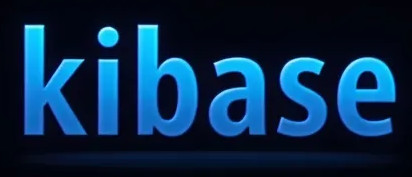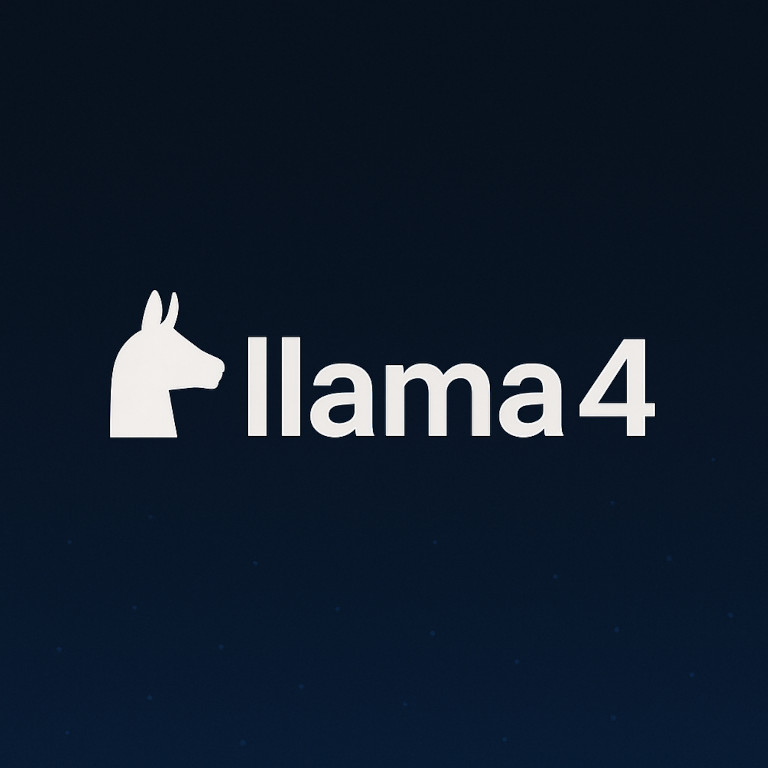Introduction
In April 2025, Meta made two major announcements that signal a new phase in its AI strategy: the release of its Llama 4 model family (notably Scout and Maverick) and the launch of a standalone Meta AI app. These moves are designed to push more open, multimodal, persistent, and personalized AI into users’ hands—and to compete directly with other major AI assistants.
What’s New with Llama 4
- Llama 4 Scout & Maverick: Two open-weight, natively multimodal models, capable of handling both text and images.
- Mixture-of-Experts (MoE): The models use MoE architecture, activating only specific experts for each task to balance efficiency and capacity.
- Scout: A leaner, more efficient variant optimized for resource-sensitive tasks.
- Maverick: A larger, more powerful model designed for complex multimodal reasoning.
- Broad Availability: Already integrated into platforms like IBM watsonx.ai and AWS Bedrock.
Meta AI App: A Standalone Assistant
- Released on April 29, 2025 for iOS and Android.
- Built on Llama 4, offering voice interactions, persistent memory, and cross-device continuity.
- Features a Discover feed, where users can share and remix prompts, adding a social layer to AI use.
- Integrates with Meta products like Facebook, Instagram, WhatsApp—while also functioning independently.
- Additional features: advanced image generation, an AI document editor, and tighter integration with Ray-Ban Meta smart glasses.
Implications & Benefits
- Broader Access: Open-weight models encourage experimentation and adoption.
- Multimodality as Default: Text + images unlock new possibilities for apps and workflows.
- Competitive Push: Meta now challenges OpenAI, Google, and Anthropic with both backend models and a consumer-facing assistant.
- Personalization & Memory: Persistent context across devices enables deeper, more personalized user experiences.
- Efficiency via MoE: Scales intelligently, balancing performance with computational efficiency.
Challenges / Questions
- Privacy Concerns: Cross-platform memory and social data integration will be closely scrutinized.
- Model Quality: Benchmark strength doesn’t always guarantee consistent real-world performance.
- Complexity of Orchestration: Maintaining quality across multimodal reasoning tasks is demanding.
- Adoption & Monetization: Competing against established assistants may prove difficult.
- Regulatory Oversight: Especially in the EU, memory and personalization features may face restrictions.
Conclusion
Meta’s April 2025 launches of Llama 4 Scout & Maverick together with the standalone Meta AI app mark a bold step into the AI assistant ecosystem. By combining open, multimodal AI with a consumer-facing app, Meta is positioning itself as a direct competitor to OpenAI and Google. For users, this brings new power and flexibility—but also raises questions about privacy, trust, and long-term adoption.
Sources
- Meta: The Llama 4 herd: The beginning of a new era of natively multimodal intelligence. https://ai.meta.com/blog/llama-4-multimodal-intelligence/
- Meta: Introducing the Meta AI App. https://about.fb.com/news/2025/04/introducing-meta-ai-app-new-way-access-ai-assistant/
- IBM: Meta Llama 4 Scout and Maverick now available in watsonx.ai. https://www.ibm.com/new/announcements/meta-llama-4-maverick-and-llama-4-scout-now-available-in-watsonx-ai
- AWS: Meta’s Llama 4 models available on AWS. https://www.aboutamazon.com/news/aws/aws-meta-llama-4-models-available
- Reuters: Meta Platforms launches standalone AI assistant app. https://www.reuters.com/business/facebook-parent-meta-platforms-launches-standalone-ai-assistant-app-2025-04-29/

